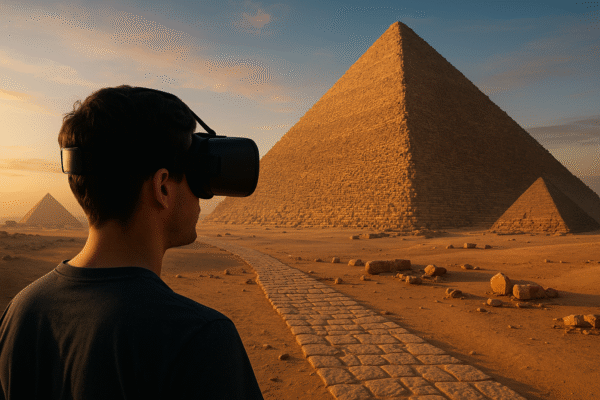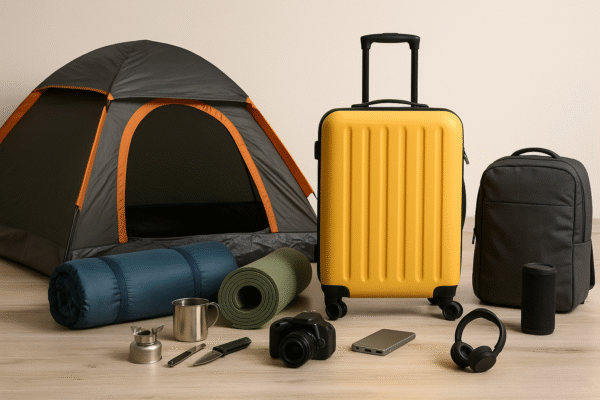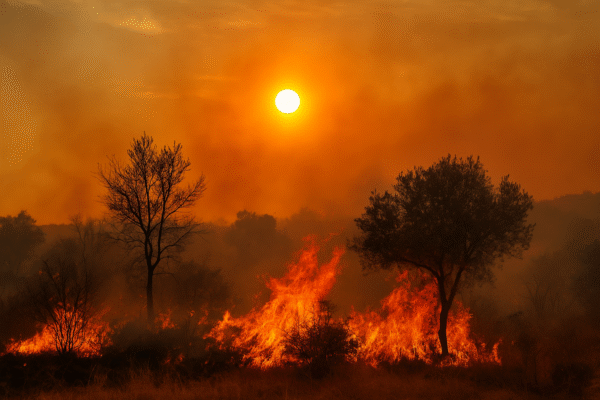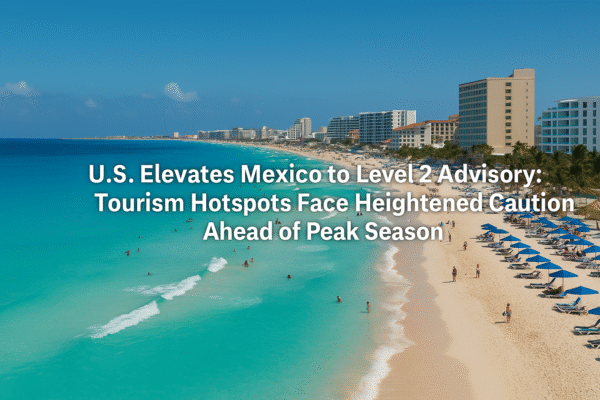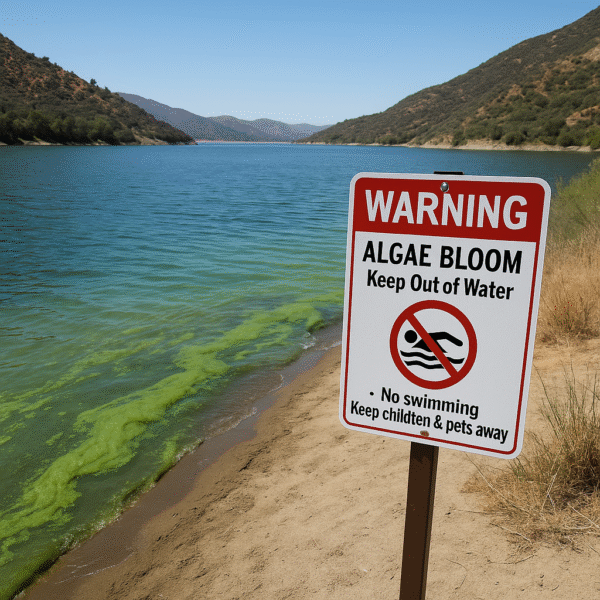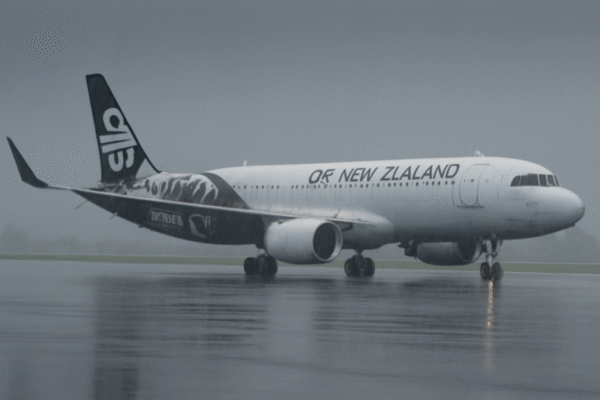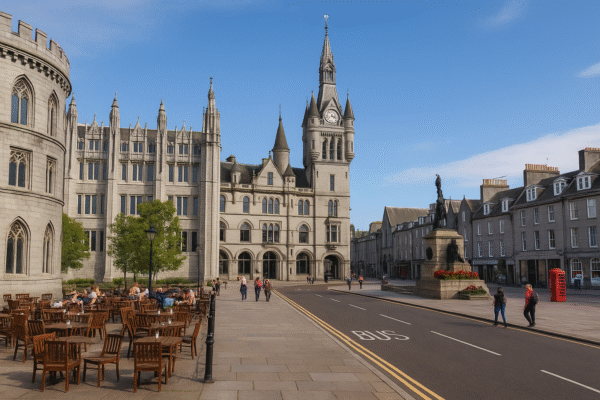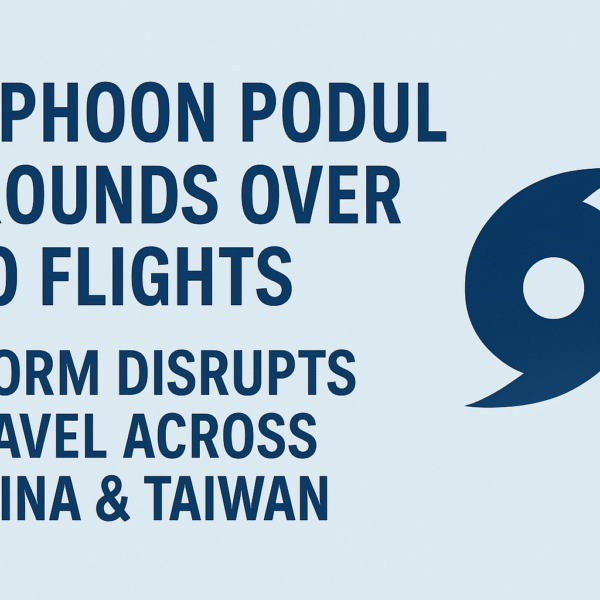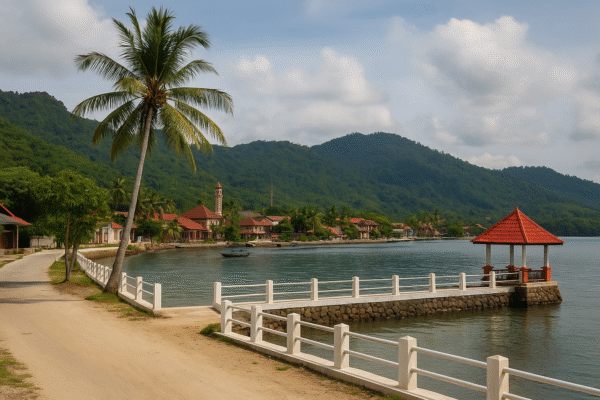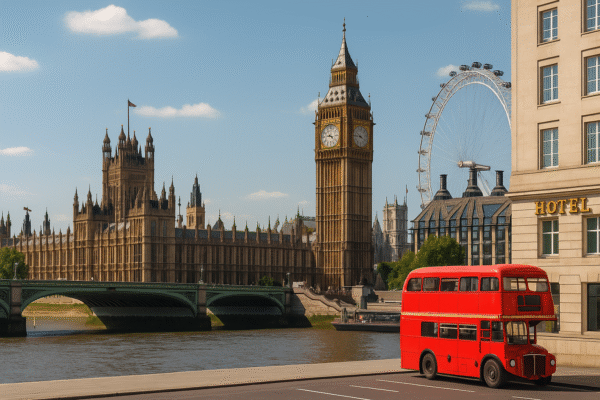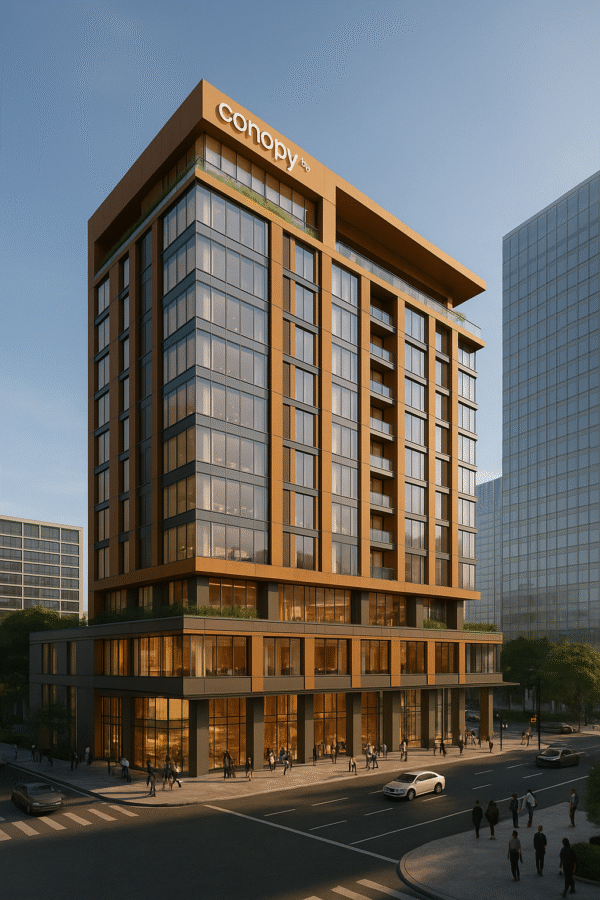Bacolod is once again welcoming visitors to its beloved hiking trails and scenic spots near Kanlaon Volcano. This comes after authorities lowered the volcano’s alert status from Level 3 to Level 2, signaling reduced volcanic unrest.
Careful Return to Tourism
The decision to reopen followed months of close monitoring of seismic activity and volcanic behavior. Visitors can now explore areas outside the four-kilometer permanent danger zone. However, high-risk zones remain strictly closed, with no exceptions.
Officials have stressed that safety comes first. Tourists must stay within marked safe areas, follow all posted signs, and be ready to comply with evacuation orders if required. Patrol teams and boundary markers are in place to ensure everyone’s security.
Scenic Spots Back in Action
The reopening covers nature parks, forest trails, and mountain viewpoints that were closed after the volcano’s eruption last December. These sites are famous for their lush greenery, dramatic volcanic scenery, and panoramic views of Negros Island.
Tour operators, guides, and nearby accommodations have updated their services to match the new safety protocols. Transport providers are also coordinating with local authorities to ensure secure and organized trips.
Impact on Local Communities
More than 4,000 displaced residents from nearby towns have returned home since the alert level was lowered. Many had lived in evacuation centers for months. The return marks a major step toward normal life for these families.
Still, residents within the permanent danger zone remain in temporary shelters. Their homes are considered unsafe, and they will not be allowed back until the area is deemed secure. Local governments continue to provide housing assistance, building materials, and food supplies to these families.
Relief and Recovery Efforts
Local officials are working with disaster management teams and community groups to repair damaged infrastructure. Roads, water systems, and public facilities are being restored to support both residents and incoming visitors.
The Protected Area Management Board (PAMB) has approved additional protections for multiple-use zones within the danger area. These sites will remain closed to tourists for now but will be monitored to preserve both safety and the environment.
Tourism as a Driver of Recovery
Tourism is a major contributor to the local economy. The return of visitors is expected to boost small businesses, increase employment, and encourage investment in sustainable travel. Restaurants, souvenir shops, and homestays near the volcano are preparing for a steady flow of guests.
The phased reopening is designed to balance safety with economic recovery. Authorities believe this measured approach will help rebuild tourism without exposing travelers or residents to unnecessary risks.
Constant Monitoring
Volcanic activity is still under close watch. Observation posts, seismic sensors, and aerial surveys provide real-time updates. Any signs of increased unrest will be reported immediately to the public.
Emergency response plans remain active. Rapid-deployment teams can evacuate people if the situation changes suddenly. Public awareness campaigns are teaching visitors how to recognize warning signs and follow evacuation routes.
Visitor Guidelines
Tourists are urged to:
- Stay within marked trails.
- Avoid restricted areas.
- Follow instructions from guides and authorities.
- Monitor weather and volcanic updates before traveling.
These measures help protect both the environment and public safety.
Looking Ahead
The reopening of safe zones near Kanlaon Volcano is a symbol of resilience for Bacolod and nearby towns. It shows how communities can recover through cooperation, careful planning, and respect for nature’s power.
Visitors now have the chance to experience breathtaking views, fresh mountain air, and the rich biodiversity of Negros Occidental. With the right precautions, they can enjoy unforgettable adventures while helping local families rebuild their livelihoods.
The people of Bacolod are ready to share their trails, stories, and culture again — while keeping safety at the heart of every journey.
For more travel news like this, keep reading Global Travel Wire

